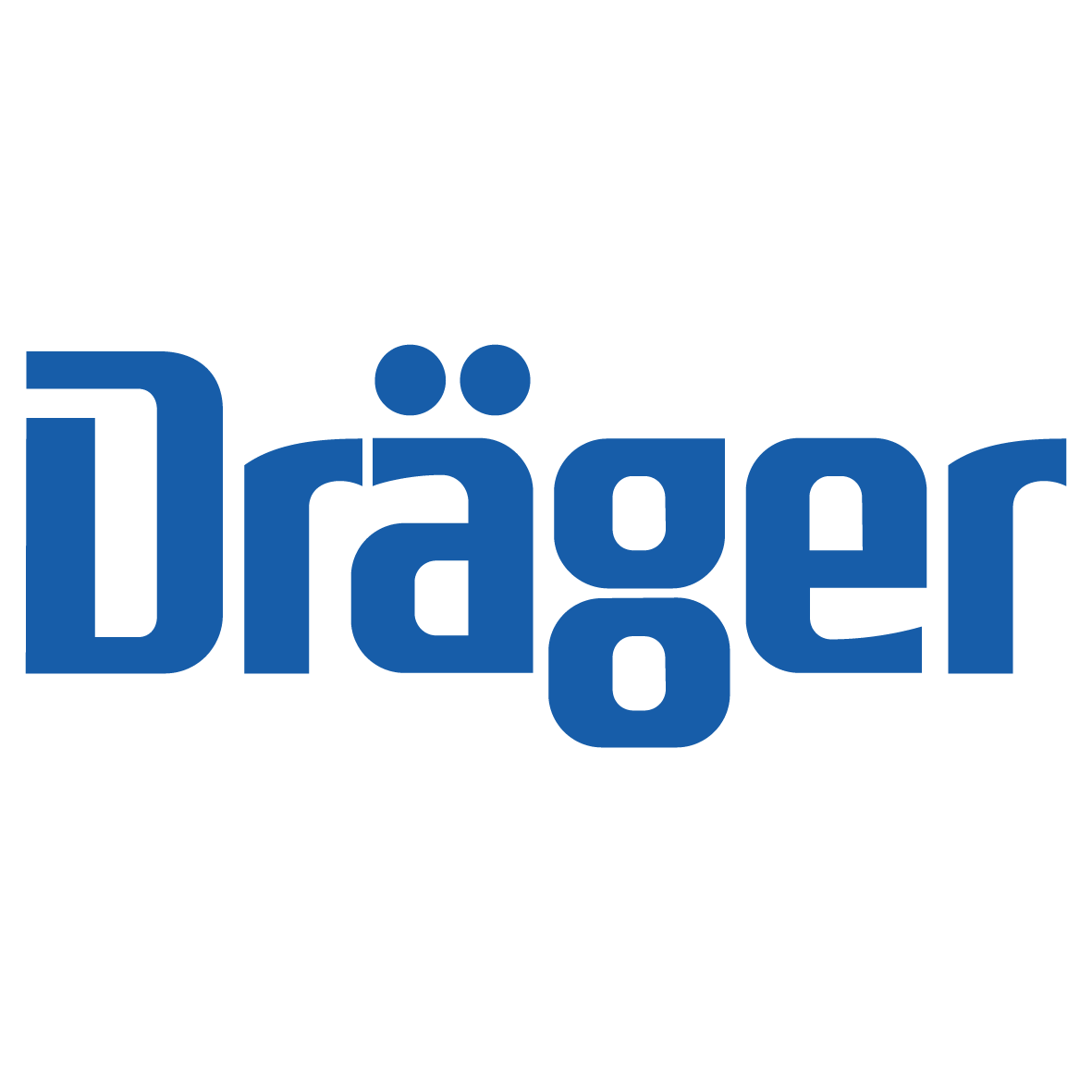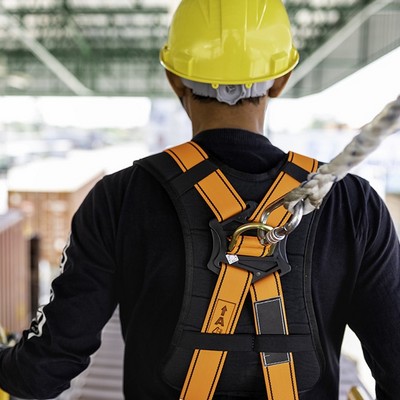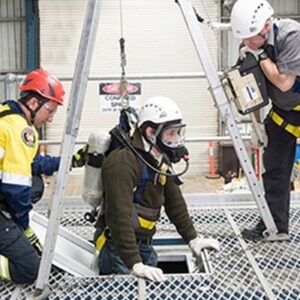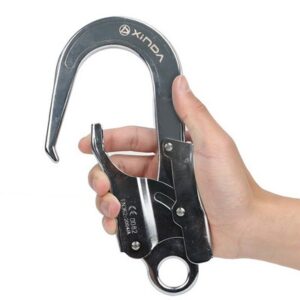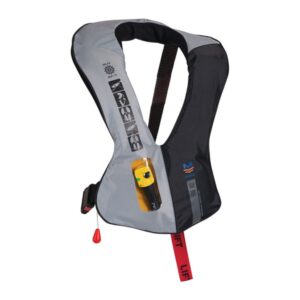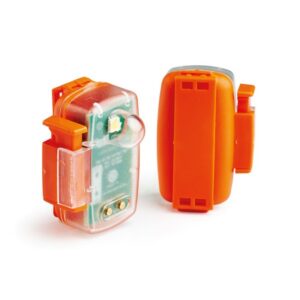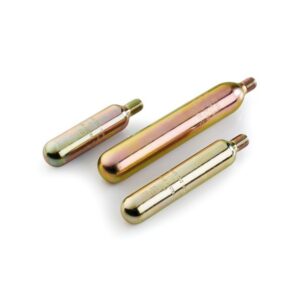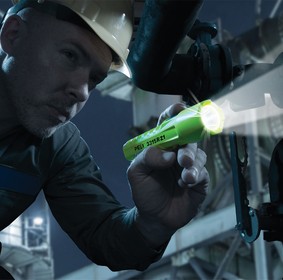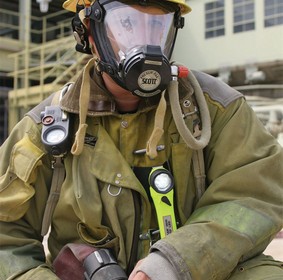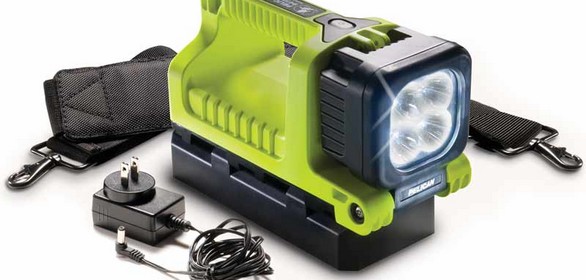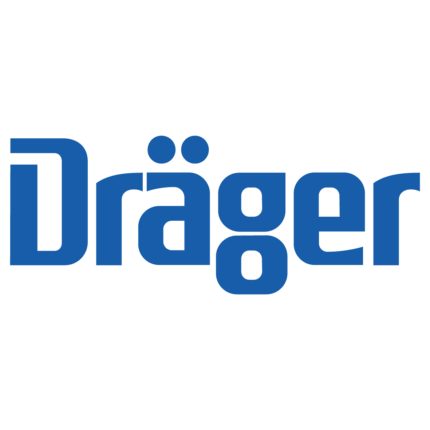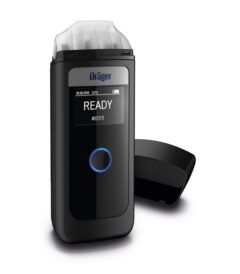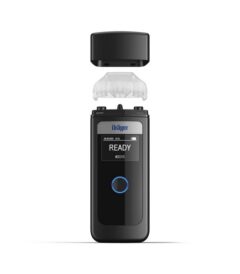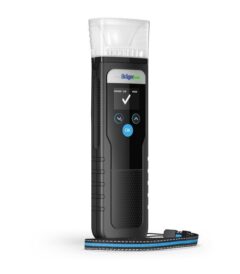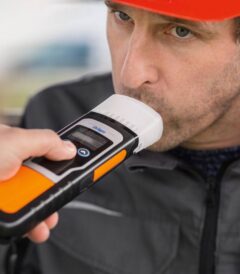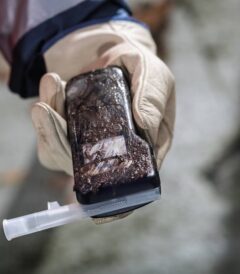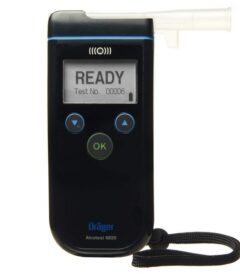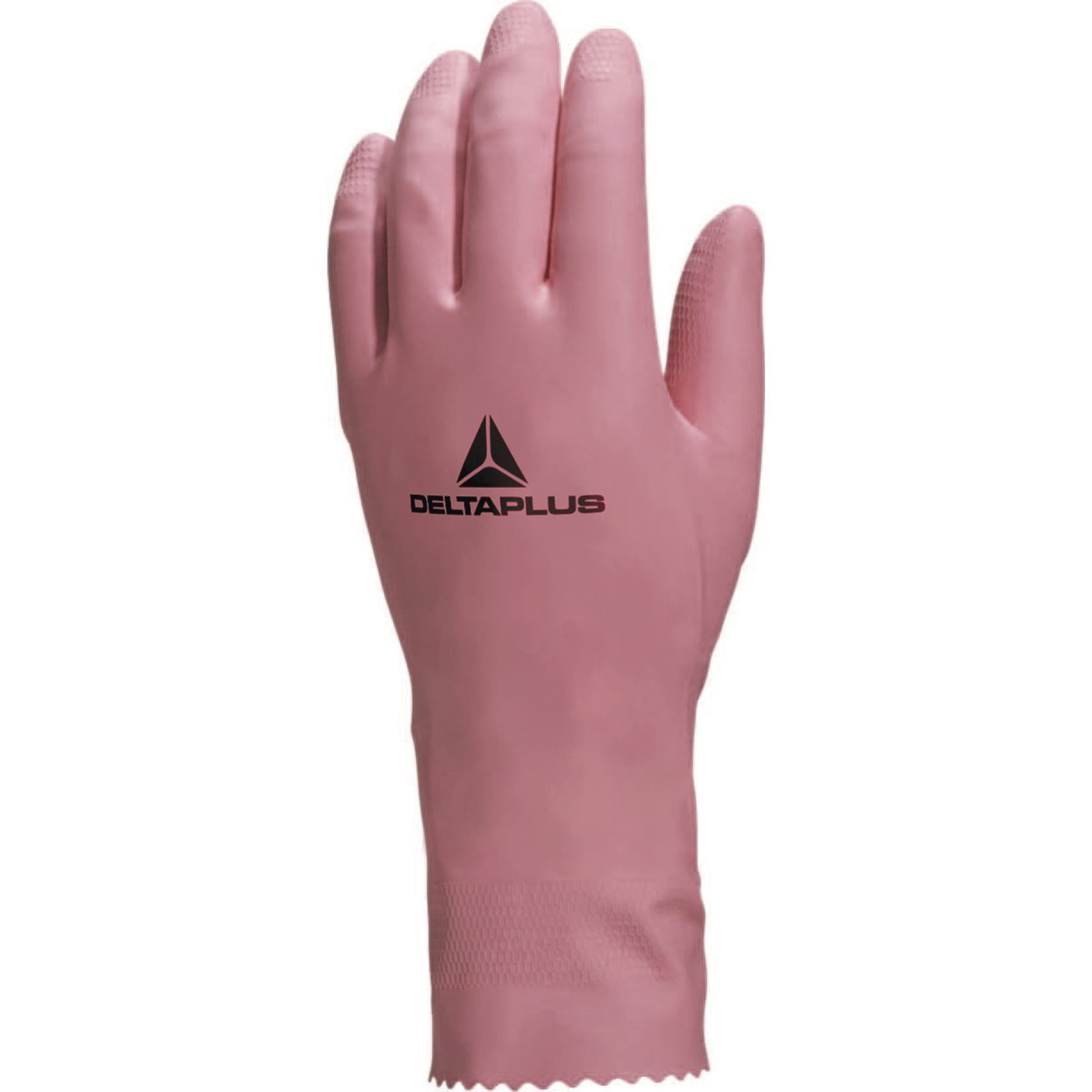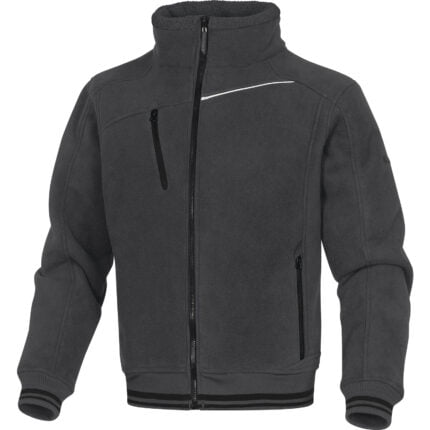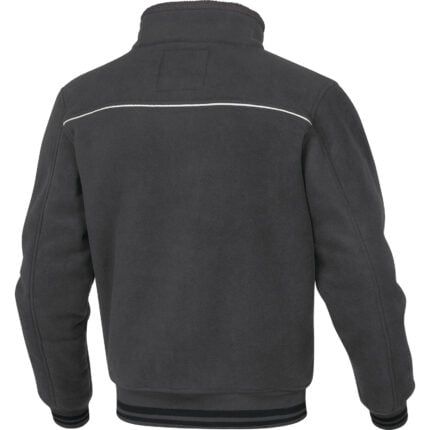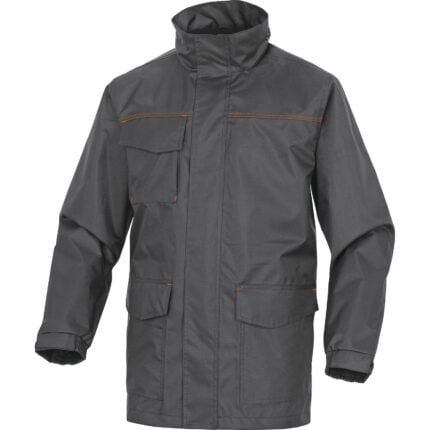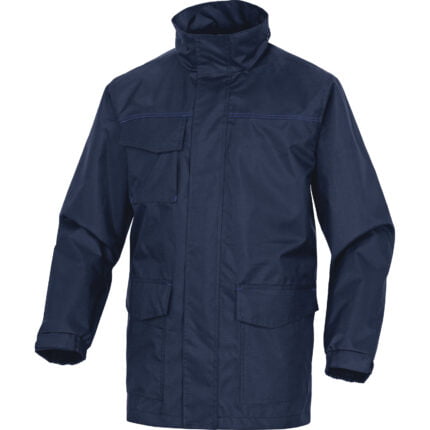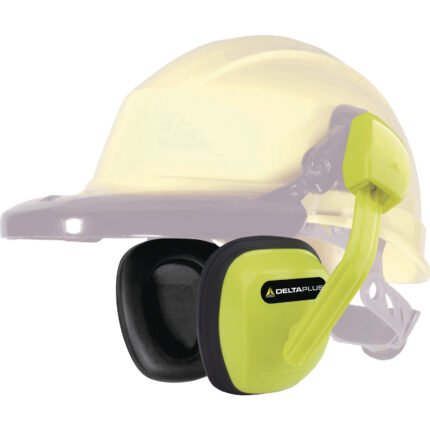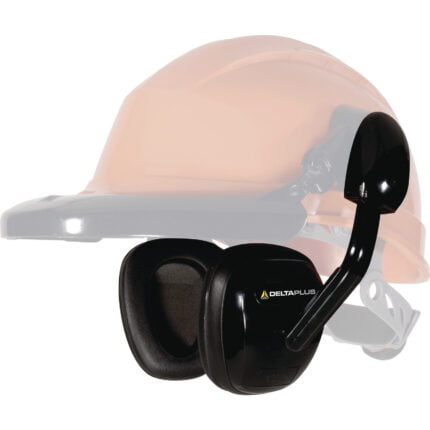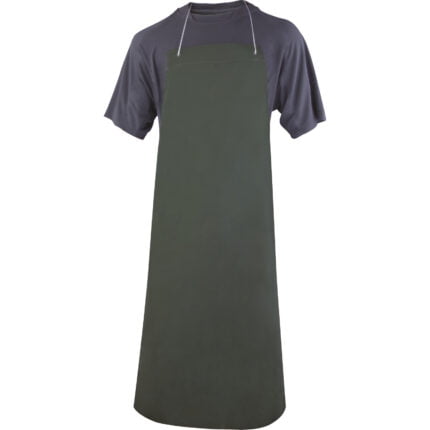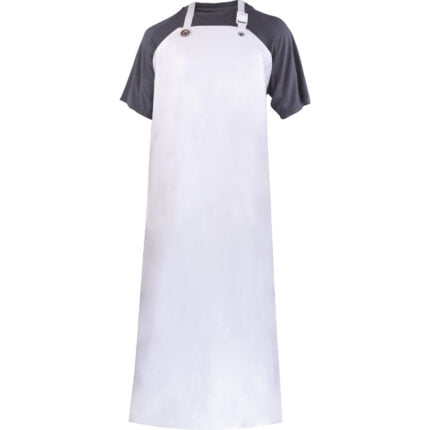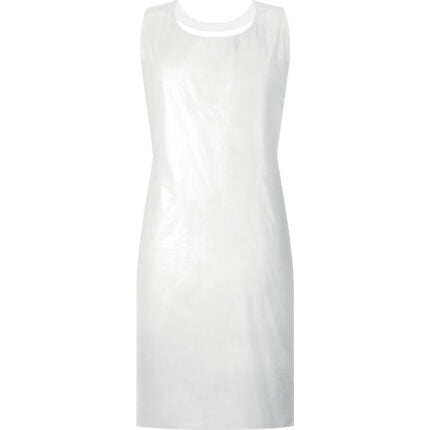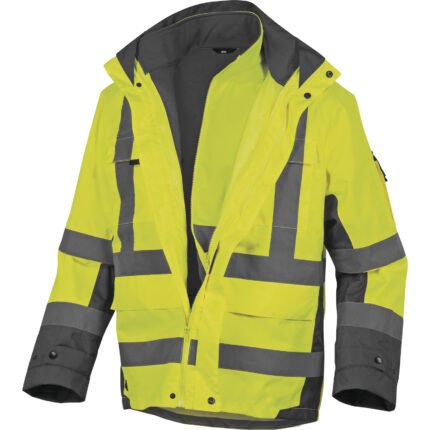COMPOSITION
Support: 100% natural latex.
Flocking: 100% cotton.
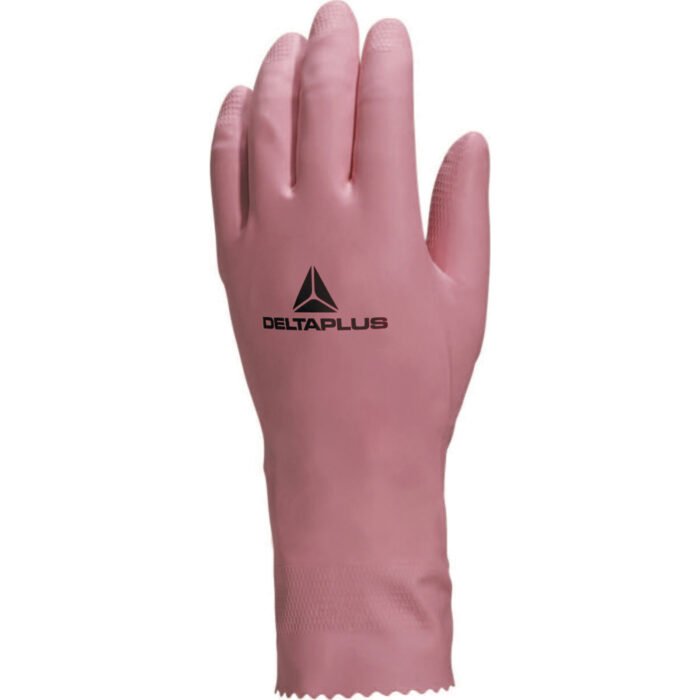
Norms
Regulation (EU) 1935/2004 Contact with food products
-GLOB MIGR : Food contact - Overall Migration
-Contact with wet or watery food : .
-Contact with acidic foods : .
REGULATION (EU) 2016/425
-EN420:2003+A1:2009 : General requirements
-Dexterity (from 1 to 5) : 5
-EN388:2016 : Protective gloves against mechanical Risks (Levels obtained on the palm)
-Resistance to abrasion (from 1 to 4) : X
-Resistance to cutting (from 1 to 5) : X
-Resistance to tear (from 1 to 4) : 1
-Resistance to puncture (1 to 4) : X
-Resistance to cutting by sharp objects (TDM EN ISO 13997) (from A to F) : X
-EN ISO 374-1:2016 : Protective gloves against dangerous chemicals and micro- organisms - Part 1: Terminology and performance requirements for chemical risks.
-Type C - Water and air tightness according to EN ISO 374-2:2019. Permeation resistance to at least 1 chemicals at level 1 according to EN16523-1: 2015 (from 1 to 6). : C
-Determination of resistance to degradation by chemicals according to EN ISO 374-4: 2019. Part 4: Determination of resistance to degradation by chemicals. : .
-Caustic soda 40% (K) CAS 1310-73-2 : 6 > 480 mn
-Sulphuric acid 96 % (L ) CAS 7664-93-9 : 3 > 60 mn
-Resistant gloves to permeation by chemicals, tested according to EN374-3 : KL
-EN ISO 374-5:2016 : Protective gloves against dangerous chemicals and micro-organisms - Part 5: Terminology and performance requirements against micro- organisms risks.
-BACTERIA + FUNGI : Water and air tightness according to EN ISO 374-2:2019. : .
Product Used Risks
Heavy industry.
Light industry.
Hygiene environment.
PARTICULES.
CHEMICAL.
BIOLOGICAL.

